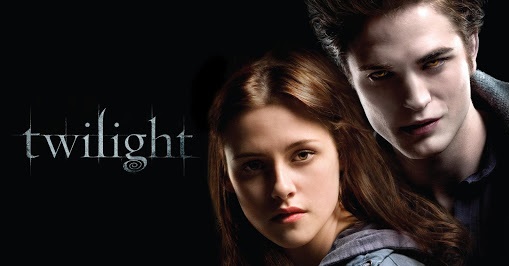


Jupiter shines some 30° to Venus's upper left, high in the south to south-southwest. ■ Venus and Jupiter, the two brightest celestial objects after the Sun and Moon, continue to blaze during and after twilight this week. Far behind Jupiter and Saturn - hundreds of thousands to millions of times farther than the two planets - how many faint stars of the Capricornus pattern can you make out once the sky is dark? Be careful not to confuse the two M3 is more visible. about 7), somewhat larger, and lacking the cluster's concentration toward the center. Compared to the globular cluster M3 almost in the same field, the comet was dimmer by more than a magnitude (i.e. Seen though my fairly mediocre, all-too-ordinary sky, the comet was a subtle, diffuse glow with little or no central condensation round, and with no sign of a tail. Update: Using 10 x 50 binoculars on the morning of December 4th through suburban light pollution, I found the comet without much difficulty using the detailed chart. You'll need the detailed charts at the bottom of it to pinpoint the location to examine. Online article: See Comet Leonard at its Best. By then it'll be much lower at the beginning of dawn, however, starting to lose its battle with morning twilight. The comet should peak around magnitude 4.5 or 5 - still needing binoculars or a telescope or a very dark sky (a comet is more diffuse than a star) - around December 10th or 11th. The morning of December 4th finds it 9° upper left of Arcturus as seen from North America. ■ Comet Leonard (C/2021 A1) is having its best week! It's about 6th magnitude or fainter, high in the east before the very first light of dawn in the vicinity of Arcturus.


 0 kommentar(er)
0 kommentar(er)
